Arizona Wild Flowers
Pictures, Photos, Images
Descriptions, Information, Reviews.
Big Sagebrush, Artemisia tridentata.
We Are Proud Of Our SafeSurf Rating!
Click On Any Of The Following Links By Amazon.Com
For Books, & Videos About Wildflowers Of Arizona & The Southwest USA. No Obligation!
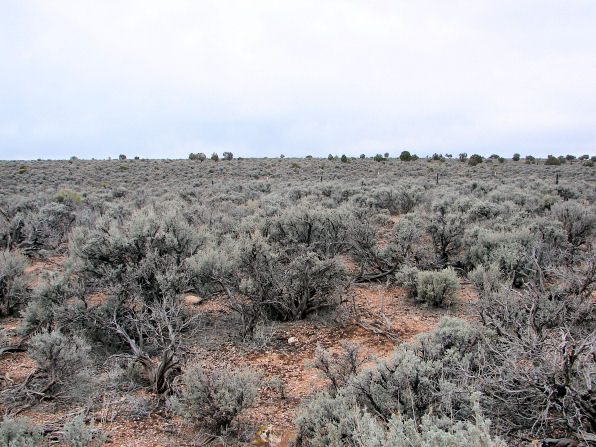 |
| Big Sagebrush, Artemisia tridentata. |
|---|
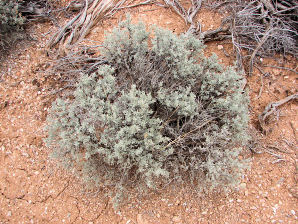 | 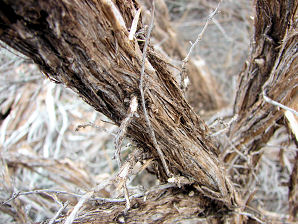 |
| Big Sagebrush. Artemisia tridentata. | Big Sagebrush. Artemisia tridentata. |
|---|---|
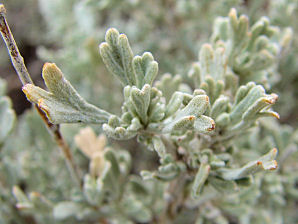 | 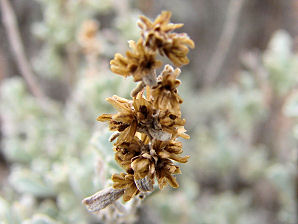 |
| Big Sagebrush. Artemisia tridentata. | Big Sagebrush. Artemisia tridentata. |
Big Sagebrush.
We wish to thank Wikipedia, the free encyclopedia for some of the information on this page. We share images and information with Wikipedia. An evergreen shrub growing to 15 feet. It is hardy to zone 8 and is frost tender. It is in leaf all year, in flower in October, and the seeds ripen from October to November. The scented flowers are hermaphrodite (have both male and female organs) and are pollinated by Wind. The plant prefers light (sandy) and medium (loamy) soils, requires well-drained soil and can grow in nutritionally poor soil. The plant prefers acid, neutral and basic (alkaline) soils and can grow in very alkaline soil. It cannot grow in the shade. It requires dry or moist soil and can tolerate drought. Artemisia tridentata grows over a wide range throughout the west from 1,500 - 10,000 feet in elevation and is cold hardy to -30�. Grows best between 3,500 - 8,000 feet. We observed this growing in what is called "The Arizona Strip." The Arizona Strip is the part of the U.S. state of Arizona lying north of the Colorado River. The difficulty of crossing the Grand Canyon causes this region to have more natural connections with southern Utah and Nevada than with the rest of Arizona.
Quick Notes:
Height: Usually 1 to 3 feet tall. Can grow to 15 feet.
Flowers: Monoecious. Very small, yellowish, and tubular; borne in small heads on long, upright spikes; some flowers perfect and some imperfect.
Flowering Time: October to November.
Leaves: Simple, alternate (but typically clustered at each node), persistent (but some leaves are drought deciduous). Small (1/2 to 2 inches long). Narrowly wedge-shaped with a 3-lobed apex; silvery-green and pubescent on both surfaces; strong scented; sessile.
Bark: Grayish brown, shreddy, and splitting lengthwise.
Found: Native to the USA (AZ, CA, CO, ID, MA, MT, ND, NE, NM, NV, OR, SD, UT, WA, WY). Also found in Canada (AB, BC). Also found south into Mexico in the states of Baja California, Baja California Sur, & Sonora.
Hardiness:
Soil pH requirements:
Sun Exposure:
Elevation: 1,500 - 10,000 feet, but usually found between 3,500 - 8,000 feet.
Habitat: Sandy desert soils.
Miscellaneous: Photos Taken March 6, 2007. On the Arizona Strip.
|
We Are Proud Of Our SafeSurf Rating!
Click On Any Of The Following Links By Amazon.Com
For Books, & Videos About Wildlife Of Arizona & The Southwest USA. No Obligation!
| © 1966 - Present, Audrey, Eve, & George DeLange |
